Home>Storage & Organization>Kitchen Organizing Tools>Why Do Rabbits Lay In Their Litter Box
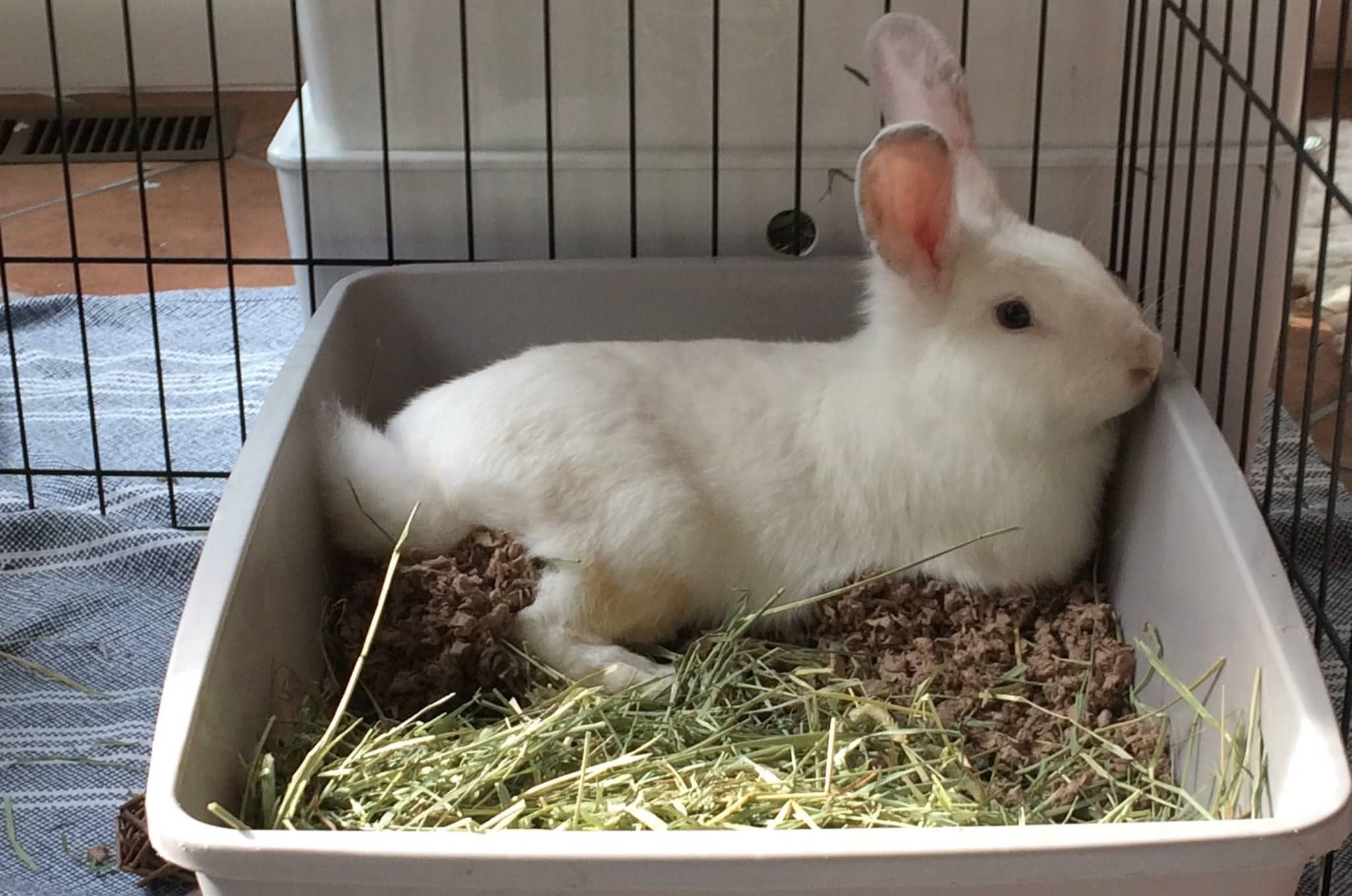

Kitchen Organizing Tools
Why Do Rabbits Lay In Their Litter Box
Modified: August 23, 2024
Discover the best kitchen organizing tools to keep your space clutter-free. Find out why rabbits lay in their litter box and how to address this behavior.
(Many of the links in this article redirect to a specific reviewed product. Your purchase of these products through affiliate links helps to generate commission for Storables.com, at no extra cost. Learn more)
Introduction
Rabbits are fascinating and endearing creatures that captivate the hearts of many pet owners. These small, furry companions have a unique way of communicating and expressing themselves, often leaving their human companions in awe of their behaviors. One such behavior that may puzzle rabbit owners is the tendency of rabbits to lay in their litter box.
Understanding the reasons behind this behavior is crucial for providing the best care for these beloved pets. By delving into the intricacies of rabbit behavior and the significance of the litter box in their lives, we can gain valuable insights into why rabbits exhibit this behavior and how to encourage proper litter box use.
In the following sections, we will explore the behavior of rabbits, the importance of the litter box in their daily routine, the reasons why rabbits may choose to lay in their litter box, and effective strategies for promoting appropriate litter box behavior. By gaining a deeper understanding of these aspects, rabbit owners can foster a harmonious and enriching environment for their furry companions.
Key Takeaways:
- Rabbits lay in their litter box for comfort, warmth, and territorial marking. Understanding their natural instincts and providing a suitable environment can encourage proper litter box use and strengthen the bond between rabbits and their owners.
- To encourage proper litter box use, rabbit owners should choose the right litter box, provide suitable bedding, use positive reinforcement, maintain cleanliness, observe behavioral cues, and create a calm environment. These strategies support rabbits’ well-being and consistent litter box habits.
Read more: Why Is My Rabbit Sleeping In His Litter Box
Understanding Rabbit Behavior
Rabbits are complex and intelligent animals with a rich tapestry of behaviors that reflect their unique personalities. Understanding rabbit behavior is essential for providing them with a nurturing and enriching environment. By observing and interpreting their actions, rabbit owners can develop a deeper connection with their furry companions and cater to their specific needs.
Rabbits are inherently social creatures, often seeking companionship and interaction with their human caregivers. They communicate through a diverse range of behaviors, including thumping their hind legs, grooming themselves and others, and displaying various body postures. These behaviors serve as a means of expressing emotions, signaling distress, or establishing social hierarchies within a group.
In their natural habitat, rabbits are prey animals, and as a result, they are instinctively cautious and vigilant. This innate wariness influences their behavior in a domestic setting, as they may exhibit skittishness or startle easily in response to sudden movements or loud noises. Creating a calm and secure environment is crucial for helping rabbits feel safe and at ease in their surroundings.
Rabbits are also known for their affinity for digging and burrowing. This behavior is deeply ingrained in their instincts and serves various purposes, such as creating shelter, foraging for food, and establishing territories. Providing rabbits with appropriate outlets for their natural digging behavior, such as digging boxes or tunnels, can help satisfy this instinctual drive and prevent destructive digging in undesirable areas.
Furthermore, rabbits are creatures of routine and habit, finding comfort and security in familiar patterns and environments. Disruptions to their established routines or living spaces can cause stress and anxiety, potentially leading to behavioral changes. Establishing consistent feeding, play, and rest schedules can contribute to a sense of stability and predictability for rabbits, promoting overall well-being.
By gaining insight into the intricacies of rabbit behavior, owners can cultivate a deeper appreciation for their pets' unique traits and tendencies. This understanding forms the foundation for creating a supportive and nurturing environment that caters to the physical, emotional, and behavioral needs of rabbits, ultimately strengthening the bond between humans and their beloved furry companions.
Importance of Litter Box for Rabbits
The litter box plays a pivotal role in the life of a pet rabbit, serving as a multifunctional space that contributes to their physical and emotional well-being. Understanding the significance of the litter box for rabbits is essential for creating an environment that promotes proper hygiene, comfort, and mental stimulation for these beloved pets.
1. Hygiene and Waste Management
Litter boxes are essential for maintaining a clean and sanitary living environment for rabbits. By providing a designated area for urination and defecation, litter boxes help contain and manage waste effectively. This not only contributes to a tidier living space but also facilitates the prompt removal of soiled bedding, reducing odors and minimizing the risk of bacterial growth. Additionally, proper waste management through the use of litter boxes can contribute to the overall health and hygiene of rabbits, mitigating the potential for soiling their fur and developing related skin issues.
2. Territorial Marking and Comfort
Rabbits are naturally inclined to establish territories within their living spaces, and the presence of a litter box serves as a key component in this territorial behavior. By designating a specific area for elimination, rabbits can assert a sense of ownership and security within their environment. This contributes to their overall comfort and well-being, as they are able to engage in natural behaviors related to marking and defining their personal space.
Read more: How To Litter Box Train A Rabbit
3. Mental Stimulation and Enrichment
Litter boxes can also serve as a source of mental stimulation and enrichment for rabbits. In addition to providing a space for elimination, litter boxes can be strategically placed to encourage natural digging and foraging behaviors. Incorporating safe and suitable materials, such as hay or paper-based bedding, can transform the litter box into a stimulating environment that aligns with rabbits' instinctual drives. This not only promotes physical activity but also offers mental enrichment, contributing to the overall welfare of pet rabbits.
4. Training and Behavioral Conditioning
The presence of a litter box facilitates the training and conditioning of rabbits to engage in appropriate elimination behaviors. Through positive reinforcement and consistent reinforcement of litter box use, rabbits can learn to associate the designated area with elimination, leading to more predictable and manageable waste habits. This not only simplifies the cleaning and maintenance process for owners but also fosters a harmonious cohabitation between rabbits and their human caregivers.
In essence, the litter box holds immense importance in the daily lives of pet rabbits, encompassing aspects of hygiene, comfort, territorial behavior, mental stimulation, and training. By recognizing and honoring the significance of the litter box, rabbit owners can create an environment that supports the natural behaviors and well-being of their furry companions, ultimately nurturing a fulfilling and enriching bond between humans and rabbits.
Reasons Why Rabbits Lay in Their Litter Box
Rabbits are known for their intriguing behaviors, and the tendency to lay in their litter box may perplex many pet owners. This behavior, while seemingly unusual, can be attributed to several underlying reasons rooted in the natural instincts and preferences of rabbits.
-
Comfort and Security: Litter boxes often provide a secluded and sheltered space that appeals to rabbits' innate desire for comfort and security. By laying in their litter box, rabbits may seek a sense of privacy and protection, especially during periods of rest or relaxation. The enclosed nature of the litter box can create a cozy and secure environment that aligns with rabbits' instinctual need for a safe retreat within their living space.
-
Temperature Regulation: Rabbits are sensitive to temperature changes and may seek out cooler or warmer spots based on their individual preferences. Litter boxes, particularly those filled with soft bedding materials, can offer a comfortable and thermally regulated surface for rabbits to rest on. During hot weather, rabbits may gravitate towards the cooler surface of the litter box, while in colder conditions, they may find warmth and insulation from the bedding within the box.
-
Territorial Behavior: Rabbits are territorial animals, and the act of laying in their litter box may serve as a means of marking and claiming their designated elimination area. By spending time in the litter box, rabbits reinforce their ownership of the space, signaling their presence and establishing a sense of territorial security. This behavior aligns with rabbits' natural inclination to define and defend their personal territories within their living environment.
-
Sensory Stimulation: Litter boxes filled with hay or other bedding materials can offer sensory stimulation for rabbits. These materials may provide a pleasant texture and aroma that appeals to rabbits, prompting them to engage in activities such as digging, nesting, or simply enjoying the tactile experience. The presence of such enriching elements within the litter box can entice rabbits to spend time in this space, contributing to their overall mental and physical well-being.
-
Stress or Illness: In some instances, rabbits may lay in their litter box as a response to stress or discomfort. Changes in their environment, health issues, or emotional distress can lead rabbits to seek solace in the familiar surroundings of their litter box. This behavior may serve as a coping mechanism for rabbits, allowing them to retreat to a familiar and secure space during challenging or unsettling circumstances.
Understanding the multifaceted reasons behind rabbits laying in their litter box sheds light on the diverse motivations and instincts that drive this behavior. By recognizing and respecting these underlying factors, rabbit owners can create an environment that accommodates the natural inclinations and needs of their beloved pets, fostering a harmonious and enriching living space for rabbits to thrive.
How to Encourage Proper Litter Box Use
Encouraging proper litter box use in rabbits is essential for maintaining a clean and hygienic living environment while promoting their physical and emotional well-being. By implementing effective strategies and creating an environment conducive to appropriate elimination behaviors, rabbit owners can support their pets in developing consistent and reliable litter box habits.
Read more: What To Put In A Rabbit Litter Box
1. Selecting the Right Litter Box
Choosing the appropriate litter box is the first step in promoting proper litter box use for rabbits. Opt for a spacious, low-entry litter box that accommodates the size of the rabbit, allowing ample room for movement and comfortable elimination. Additionally, consider using multiple litter boxes in different areas of the living space to provide convenient access for rabbits and prevent territorial disputes over a single box.
2. Providing Suitable Litter and Bedding
Selecting the right litter and bedding materials is crucial for enticing rabbits to use the litter box consistently. Rabbits are naturally drawn to soft, absorbent materials such as paper-based bedding or hay. By incorporating these materials into the litter box, rabbits are more likely to view it as an inviting and comfortable space for elimination, thus promoting regular use.
3. Positive Reinforcement and Training
Utilize positive reinforcement techniques to encourage rabbits to use the litter box effectively. When rabbits demonstrate appropriate litter box behavior, offer verbal praise, gentle petting, or small treats to reinforce their actions positively. Consistency and patience are key when training rabbits, as they respond well to gentle encouragement and rewards for desired behaviors.
4. Maintaining Cleanliness and Hygiene
Regularly clean and maintain the litter box to ensure a hygienic and appealing environment for rabbits. Remove soiled bedding promptly and replace it with fresh, clean material to prevent odors and maintain the litter box's attractiveness to rabbits. A clean litter box not only encourages regular use but also contributes to the overall health and comfort of pet rabbits.
Read more: Why Did My Rabbit Stop Using The Litter Box
5. Observing and Addressing Behavioral Cues
Pay attention to rabbits' behavioral cues and body language related to their litter box use. If rabbits exhibit signs of discomfort, avoidance, or reluctance to use the litter box, investigate potential reasons such as health issues, stress, or environmental factors. Addressing these concerns promptly can help maintain rabbits' confidence in using the litter box consistently.
6. Creating a Safe and Calm Environment
Establishing a peaceful and secure living environment is essential for promoting proper litter box use in rabbits. Minimize loud noises, sudden movements, and other stress-inducing factors that may deter rabbits from using the litter box. By creating a tranquil and predictable setting, rabbits are more likely to feel at ease and exhibit consistent litter box habits.
By implementing these strategies and considerations, rabbit owners can foster a positive and supportive environment that encourages proper litter box use in their beloved pets. Through patience, attentiveness, and a proactive approach to addressing rabbits' needs, owners can cultivate a harmonious living space where rabbits thrive and demonstrate reliable litter box behaviors.
Conclusion
In conclusion, the behavior of rabbits laying in their litter box is a multifaceted aspect of their natural instincts and preferences. Understanding the underlying reasons behind this behavior is crucial for rabbit owners seeking to provide the best care and environment for their beloved pets. By delving into the intricacies of rabbit behavior, the significance of the litter box in their daily routine, and the reasons why rabbits may choose to lay in their litter box, we gain valuable insights into fostering a harmonious and enriching environment for these endearing creatures.
Rabbits, with their complex and intelligent nature, exhibit behaviors that reflect their unique personalities and instincts. Their social, territorial, and routine-driven behaviors shape their interactions with their environment and human caregivers. By recognizing and appreciating these traits, rabbit owners can develop a deeper understanding of their pets' needs and preferences, ultimately strengthening the bond between humans and rabbits.
The litter box holds immense importance in the daily lives of pet rabbits, encompassing aspects of hygiene, comfort, territorial behavior, mental stimulation, and training. By recognizing and honoring the significance of the litter box, rabbit owners can create an environment that supports the natural behaviors and well-being of their furry companions, nurturing a fulfilling and enriching bond between humans and rabbits.
Encouraging proper litter box use in rabbits involves selecting the right litter box, providing suitable litter and bedding, utilizing positive reinforcement and training, maintaining cleanliness and hygiene, observing and addressing behavioral cues, and creating a safe and calm environment. By implementing these strategies and considerations, rabbit owners can foster a positive and supportive environment that encourages proper litter box use in their beloved pets.
In essence, the behavior of rabbits laying in their litter box is a reflection of their innate instincts, preferences, and responses to their environment. By embracing these behaviors and addressing the underlying reasons with empathy and understanding, rabbit owners can create a nurturing and enriching living space where rabbits thrive and demonstrate reliable litter box behaviors.
Frequently Asked Questions about Why Do Rabbits Lay In Their Litter Box
Was this page helpful?
At Storables.com, we guarantee accurate and reliable information. Our content, validated by Expert Board Contributors, is crafted following stringent Editorial Policies. We're committed to providing you with well-researched, expert-backed insights for all your informational needs.
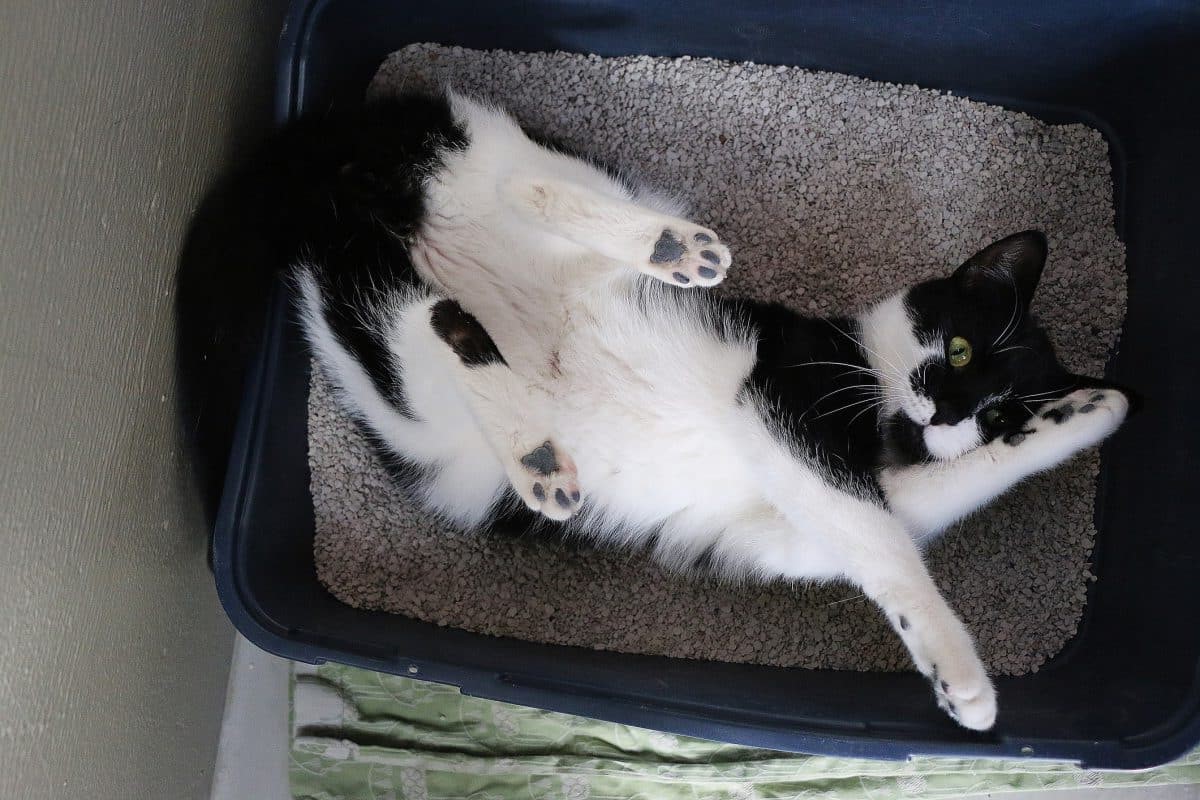
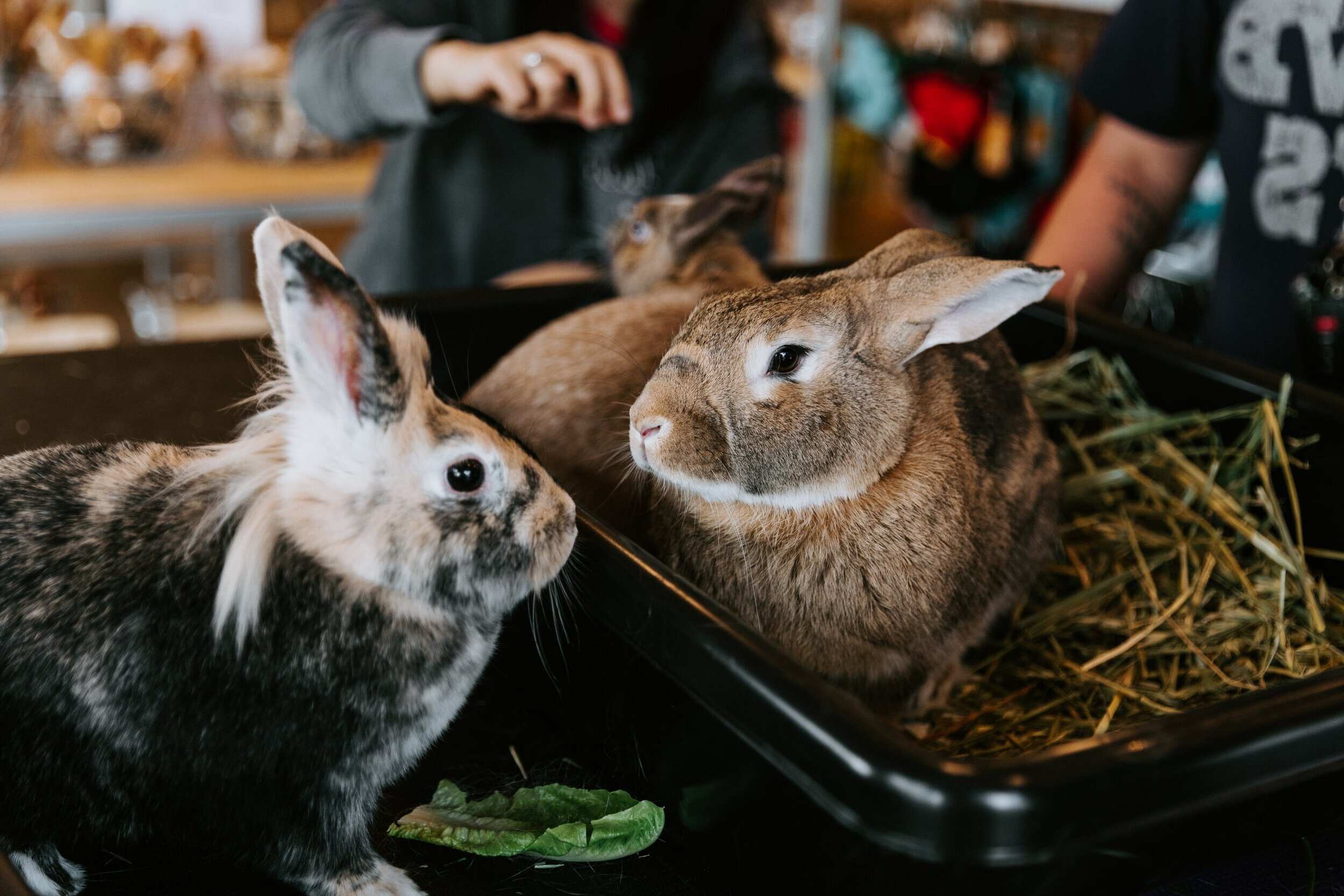

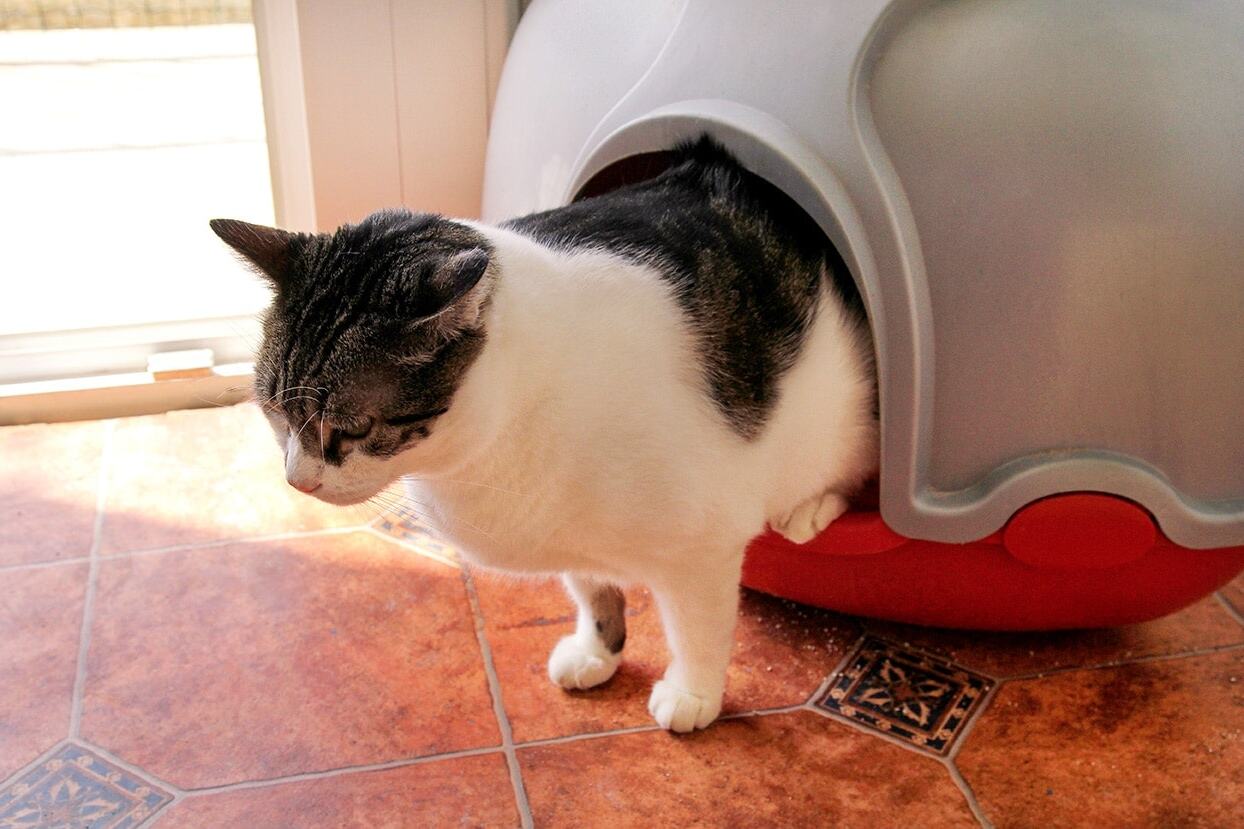
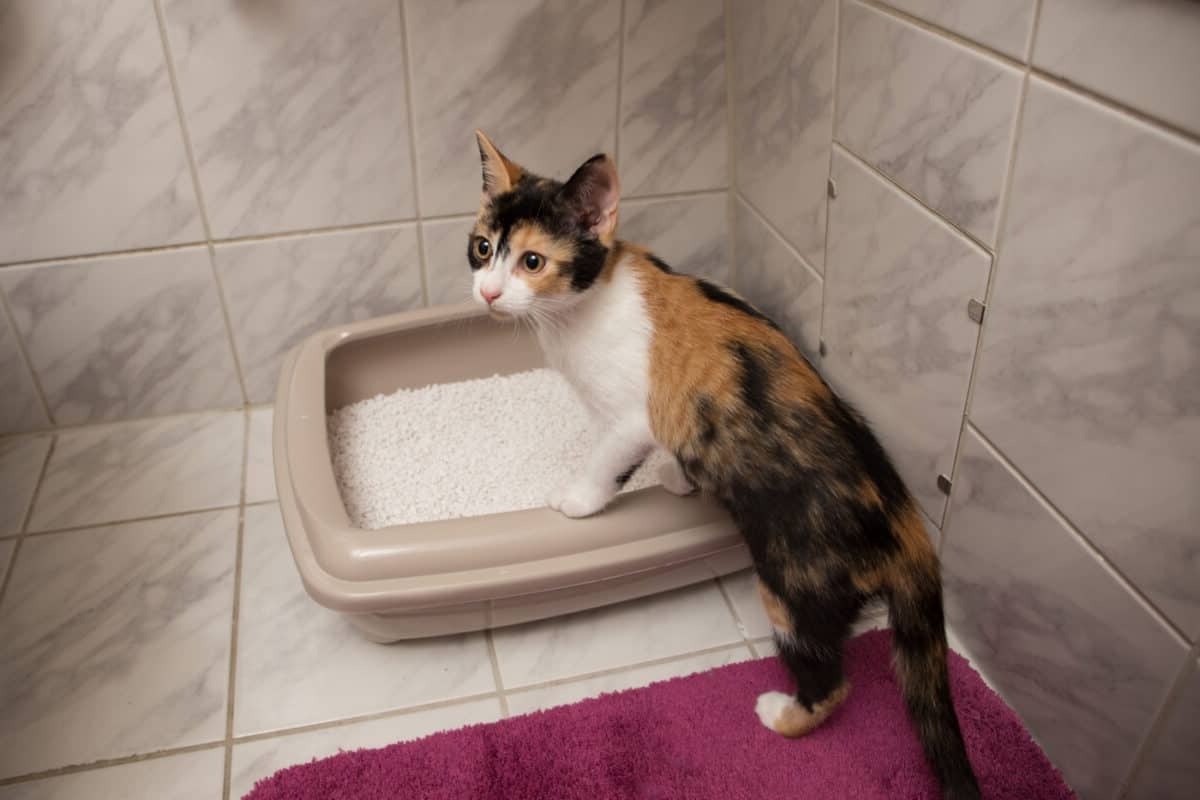
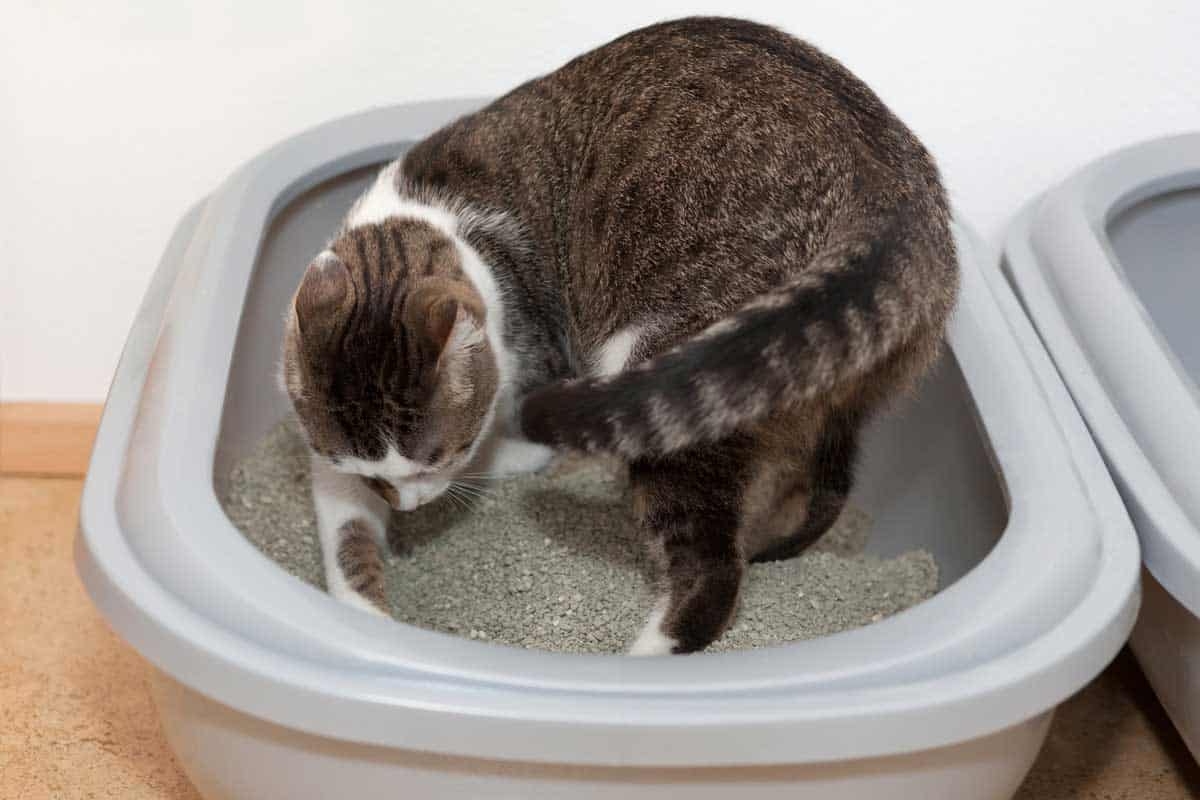
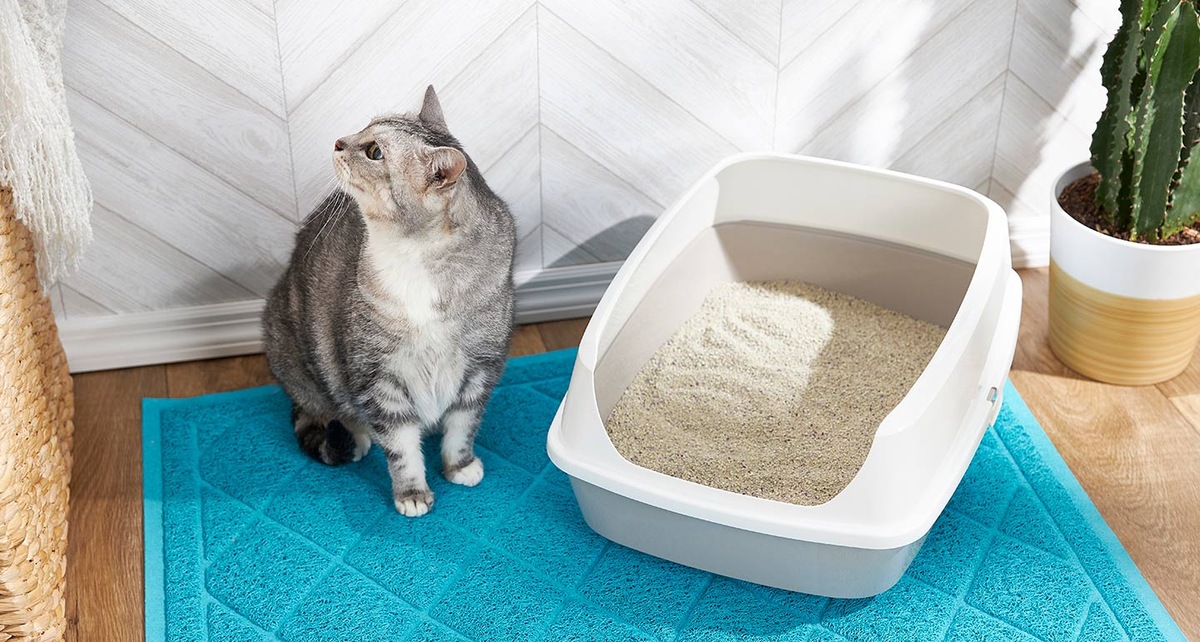
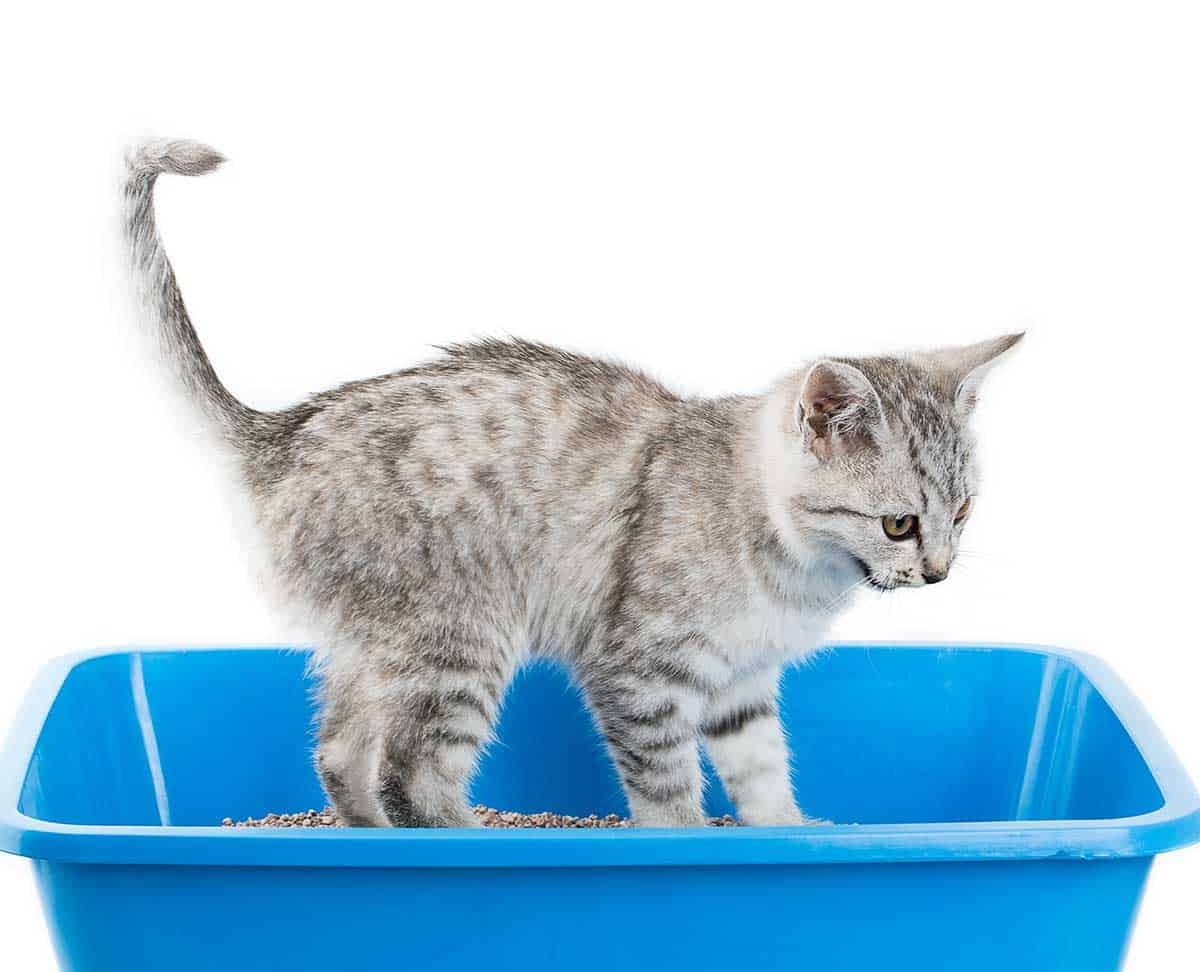
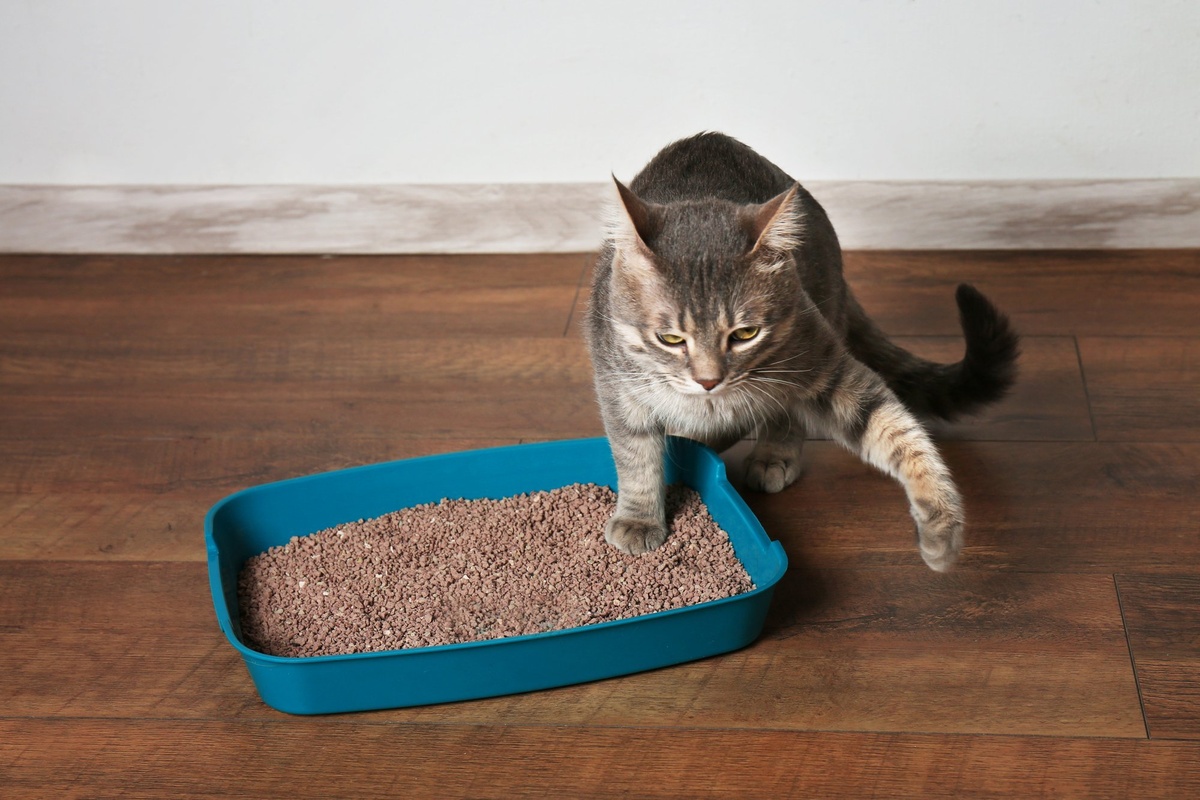
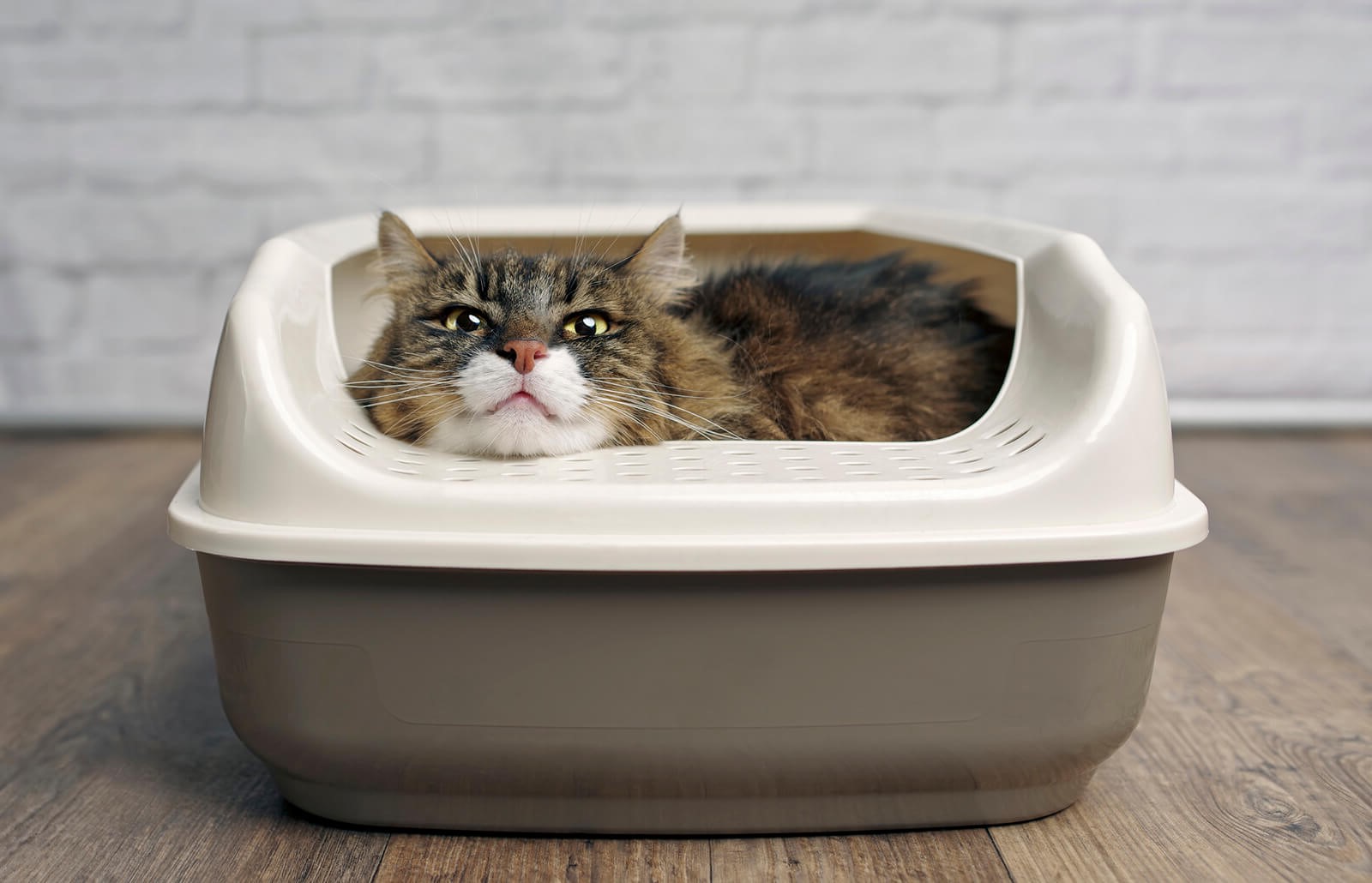
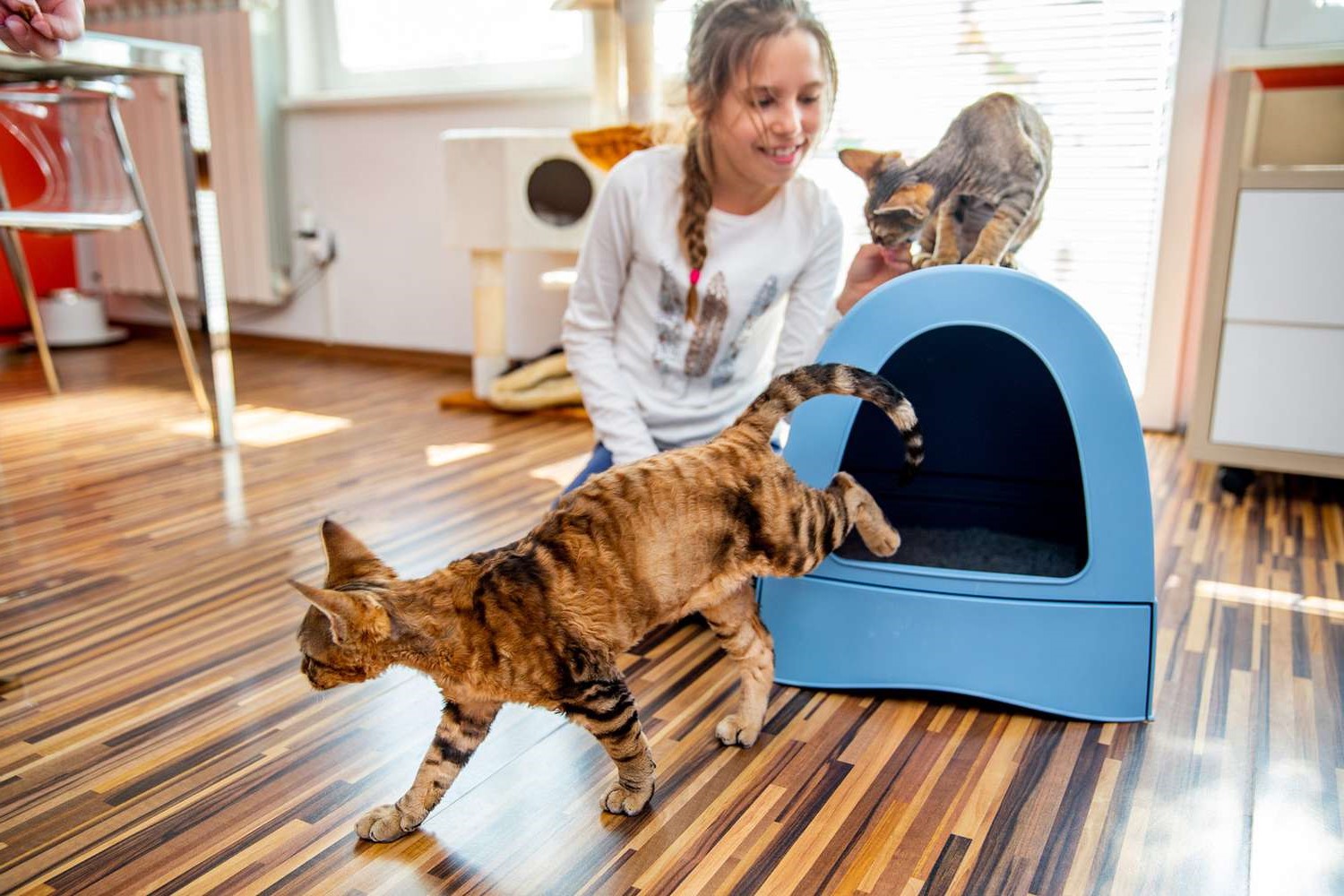


0 thoughts on “Why Do Rabbits Lay In Their Litter Box”